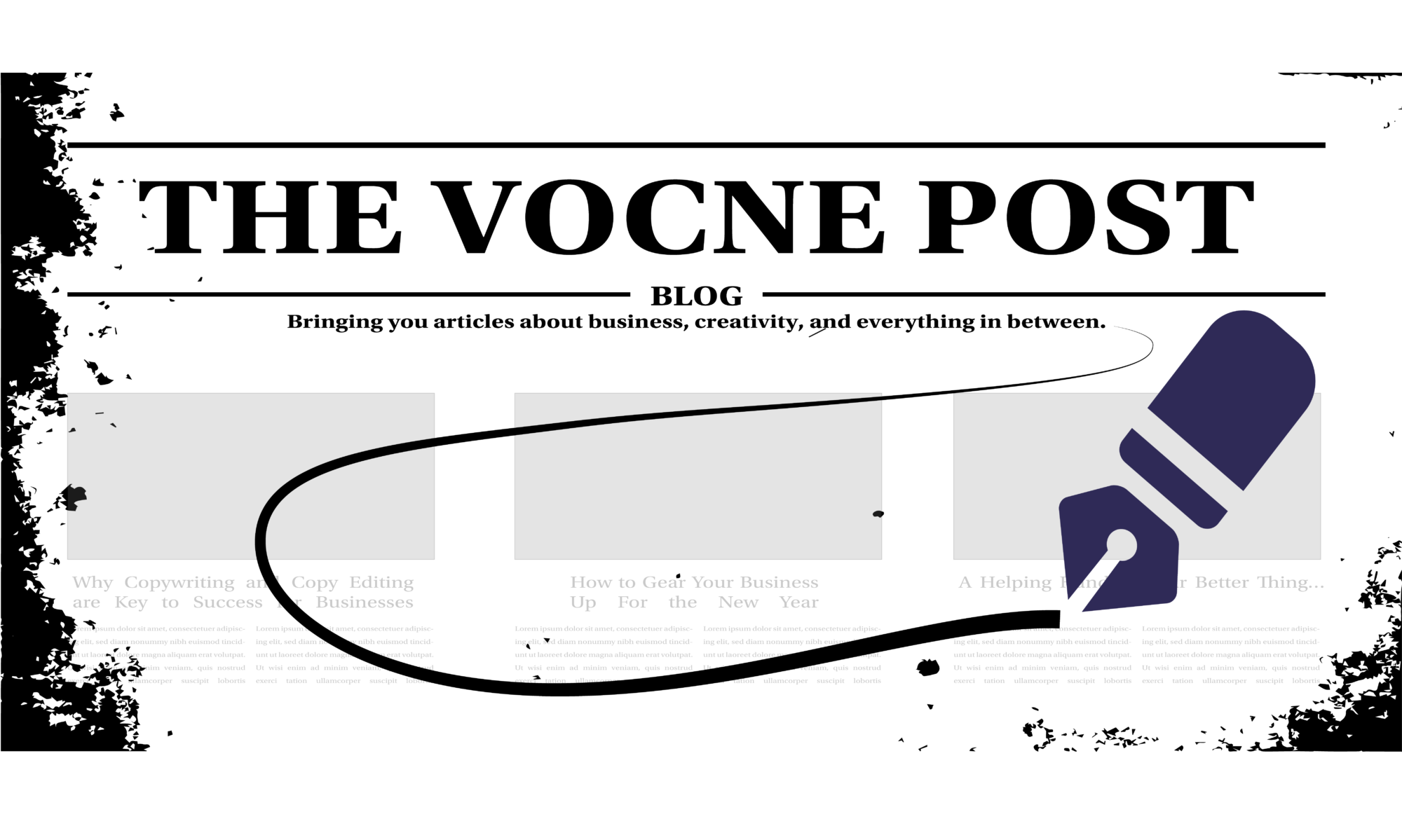The current COVID-19 pandemic has created a lot of stress for business of any size. It has always forced us to make difficult decisions that we weren’t prepared for. In times of uncertainty it is more crucial than ever before. Yet, making tough decisions are a part of the “process” of running a business. They are another cog in the machinery of business. We may not like these decisions, but they are necessary.
They don’t have to weigh you down. These decisions can be an empowering part of the reconstruction of your business. They are the spark that sets everything else in motion. They will send you toward your reopening and your “new beginning.”
Taking the First Steps to Move Forward

Grab a cup of coffee and sit in your favorite, comfortable chair. Create an environment where you feel at ease. The workspace in which you do your tasks is important, even if it is at your home. A comfortable atmosphere will yield positive results because you’ll be in a positive frame of mind. A chaotic atmosphere will yield chaotic results.
Start by doing an audit of your company. Go through all your assets. These assets should include, but is not limited to, the following: revenue, costs, products, online content, and so on. Get a list of everything you have about your company. It is impossible to know what you need if you don’t know what you already have.
Once you know what you have to work with you’ll be able to create a plan to move forward. You’ll be able to see the whole picture of your business. This is important in your reconstruction phase.
Creating Goals: What Do You Want to Achieve?
Next, determine what you’d like to achieve. You may have determined (and everyone’s situation is undoubtedly unique) that the business environment right now is not going to generate the revenue levels that it did before. It can be helpful to make some decisions regarding goals or objectives that are realistic, but still ambitious.
Maybe this means generating enough revenue to cover operating expenses, to ensure all employees remain on payroll, and to provide the necessary needs for you and your family. This may mean that you want to do is adjust your earnings projections by 10%. You get the point.
Each situation will be unique. Once you have audited your situation and determined what you have and where you want to go, you will be in a clearer position to move forward. You will notice the uncertainty beginning to clear up.
Identify Obstacles so You May Overcome Them

Identify the obstacles that stand in the way of you and your objectives. What things will present a challenge to achieving your predetermined objectives? Is it the lower consumer confidence as a result of COVID-19?
If you are in the restaurant business, with the current capacity requirements for social distancing, the revenue would be too restrictive to reach your objectives. The obstacles could be few or they could be many. But knowing what they are with a good degree of certainty will help you tackle each with a strategy.
Build and implement your strategy to overcome the obstacles. As the heading suggests, now is the time to build a plan to reach your objectives. By breaking down the problems into smaller pieces, it makes the challenge easier to reach. It makes it more specific to each situation.
Even the Big Companies Have to Make Adjustments
As an example, in early June, Starbucks announced the closing of nearly 400 of its company-owned stores in 2020 due to the COVID-19 situation.
Starbucks is making adjustments based on their projected loss of revenue. They realize that with the uncertainty of the future they needed to make changes. It will be a while before people can feel safe to sit and enjoy a cup of coffee in one of their restaurants.
One way to adjust to this reality is to convert or open more drive-through and curb-side pickup locations. This allows the company to serve consumers, likely cut overhead with stores with smaller footprints, and use fewer employees. We realize that we all don’t have the flexibility and leverage that Starbucks has. Yet they can serve as a reminder that we all have our unique challenges. We can be creative on how we can overcome them.
How to Tell if Your Strategy is Working
Measure the efficacy of your results and adjust your strategy if needed. After all this work toward identifying all our challenges, developing a strategy, and implementing that strategy, how do we tell if the strategy is working? Sure, we can see how much money is coming in and how much we are spending on our expense lines, but how do we see if we are making the right moves?

Monitoring sales coming in is a strong indicator, but there are so many metrics to look at. These metrics will be specific to our situations. The important point is to track these metrics because it is important for us to know if changes to our strategy need to happen.
This is essential even in “normal” times. It is even more important when navigating through times of uncertainty like we are seeing with COVID-19. We are likely going to need to be creative on how we manage our businesses. We will need to know the health of our businesses in real time, which will allow us to be proactive when possible and reactive when necessary.


